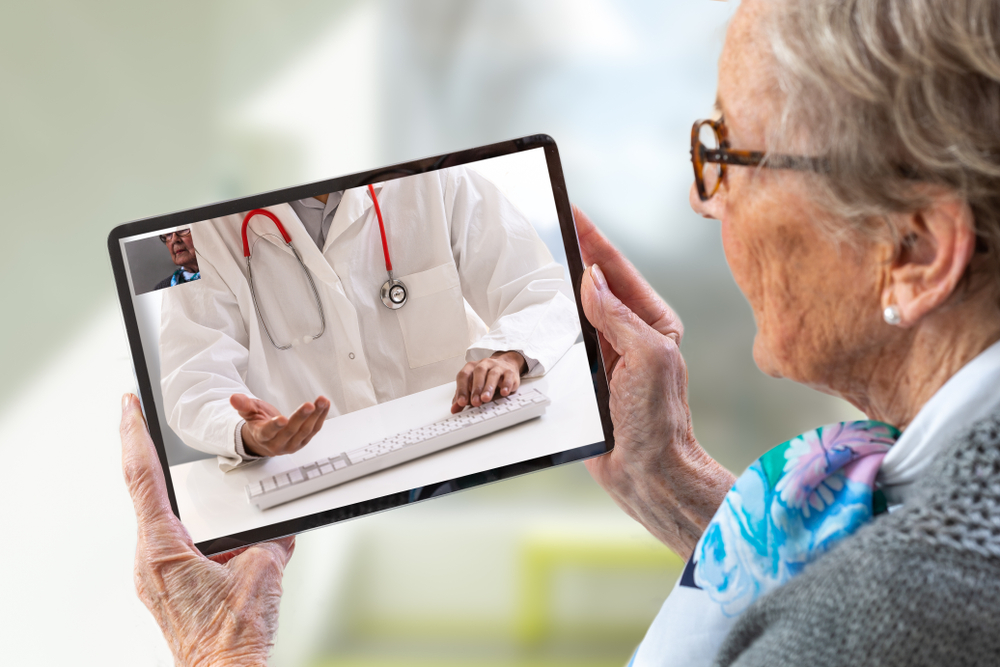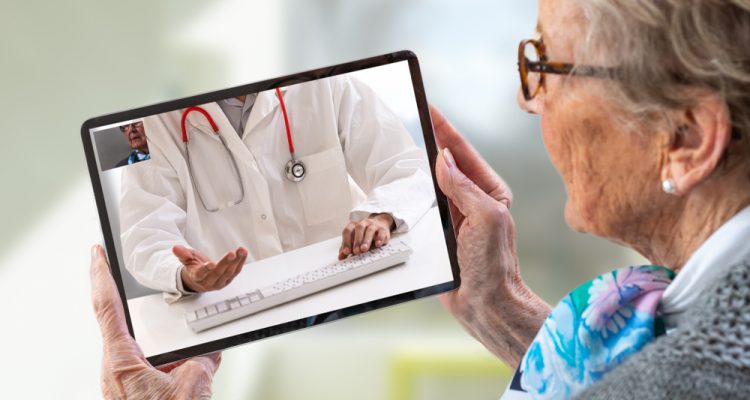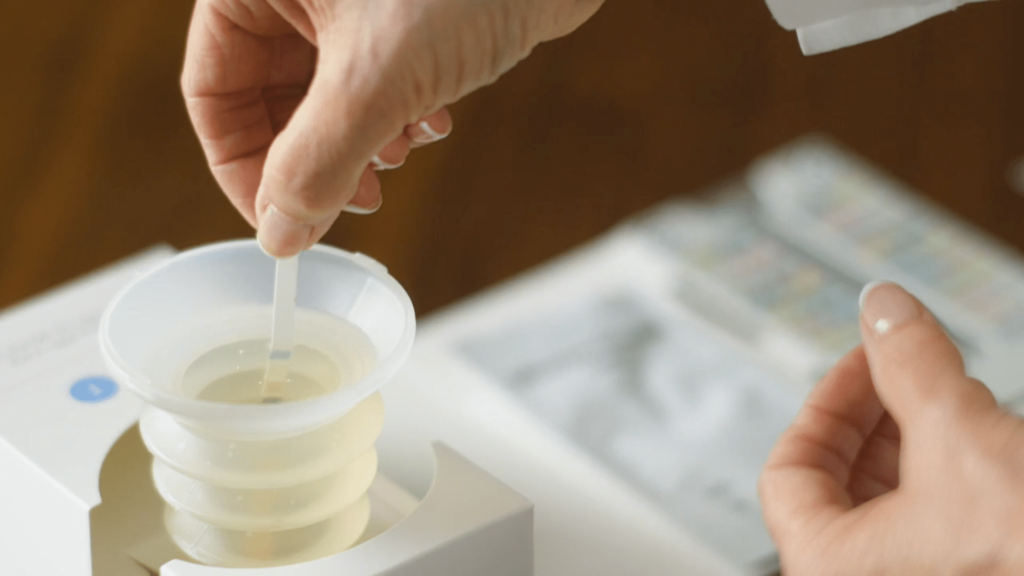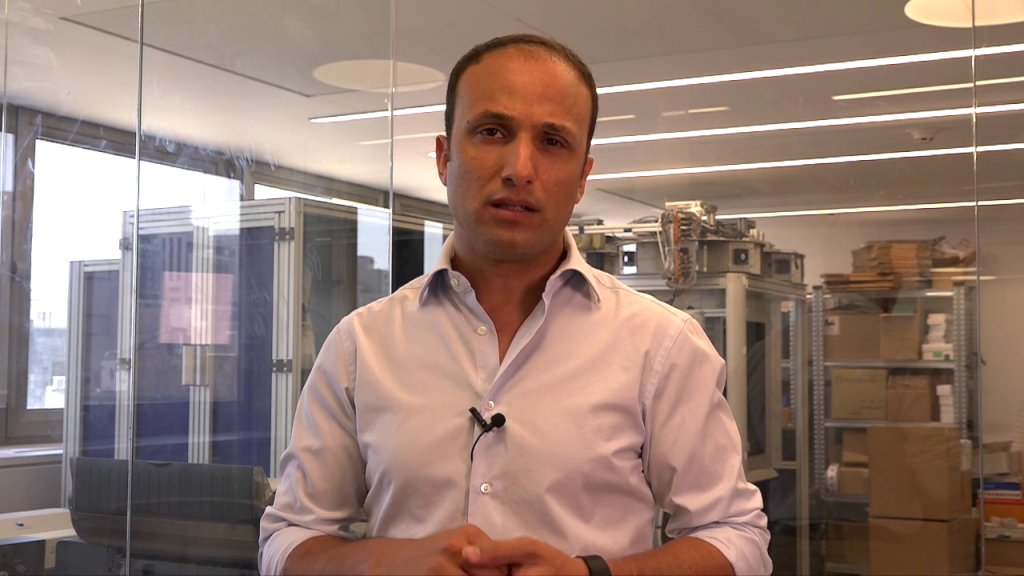These are trying times for anyone in need of care, but they are particularly challenging for people with chronic conditions, such as diabetes, hypertension, or heart disease. A variety of complementary solutions—ranging from remote care and behavioral science to awareness campaigns and regulatory action—is needed to make sure they receive the care they need during COVID-19 and beyond.
According to data from the Centers for Disease Control, the coronavirus poses an increased risk for people of any age with certain underlying health conditions. These are not problems affecting a small minority: according to a new study in Emerging Infectious Diseases, 45.4% of American adults have existing chronic conditions, putting them at an increased risk for COVID-19 complications.
However, there is an even greater risk that comes with deferring recommended treatment, tests and monitoring, with serious implications in both the short and long term. During the SARS pandemic, chronic-care hospitalizations dropped, found researchers from Taiwan and the Johns Hopkins Bloomberg School of Public Health. In the aftermath of the crisis, those numbers spiked dramatically.
There is evidence that this pattern will repeat itself in the wake of COVID-19. According to NORC at the University of Chicago, more than half of older Americans—many of them with chronic conditions—delayed or canceled medical treatment during the first month of social distancing. Evidation found that over half of those surveyed were worried about visiting the doctor’s office or hospital for necessary care unrelated to the coronavirus. A third of those surveyed with serious conditions had to miss or cancel a previously scheduled appointment, or were unable to get an in-person appointment.
But as the physicians and health policy experts Dr. Michael L. Barnett and Dr. Asaf Bitton write:
Diabetes, cancer, high blood pressure and emphysema don't care what pandemic is circulating in our communities. Though no one can say quite when, the crisis will end. Until it does, we must make sure it does not completely overshadow existing chronic conditions and risk compounding them... One of the upcoming challenges for health systems will be to continue to manage high-risk chronic illness as the pandemic occupies more and more bandwidth.
Raising Awareness Is the First Step
While piecemeal interventions have sprung up to fill the void left by the new no-contact normal, managing chronic diseases during the pandemic requires a coordinated effort of patient and clinician education as well as practical solutions to address the gap.
It all begins with awareness. The crisis produces a constant torrent of headlines, translating into a growing sense of anxiety for many. Even those who fully understand the importance of managing their chronic conditions might easily get dissuaded from care seeking and end up delaying important treatment. That’s why public awareness initiatives on the part of organizations like the National Kidney Foundation and the American Diabetes Association are so important. Such messages are relevant to almost every second American adult; without a concerted effort, especially in the face of rampant fake news, many may find themselves lacking high-quality clinically-proven recommendations.
Shifting to Remote Care
In order for care to safely continue, its location must shift whenever possible from clinics and hospitals to people’s homes. In the wake of the pandemic, and thanks to the possibilities of remote care, this is quickly happening. Remote care empowers clinicians and patients with technological tools to evaluate, test and treat patients from miles away.
One hurdle facing the mass acceptance of remote care is the fact that many such solutions were designed with acute care in mind. Changes will need to be made to adapt them to the needs of primary care practitioners, and the patients with chronic conditions that they serve. Routine testing can be conducted from home rather than at the lab, freeing up valuable resources.
Here too, awareness is important, as the options available to new and existing patients must be clearly communicated across various channels. The potential for quality care is boundless: using remote care platforms, multiple virtual clinics across disparate physical locations can join to form virtual networks, allowing practices to pool resources, and enabling patients to access specialists that would have been unavailable to them until now.
Incentivizing Telehealth
Thankfully, the regulatory framework has also changed quickly to allow for the shift to remote care. A slew of recent legislative and regulatory actions has expanded federal funding for remote care through Medicare and Medicaid, incentivizing telehealth well beyond its traditional use in rural settings. The changes have brought expanded coverage for remote monitoring, both real-time and text-based telemedicine, relaxation of state medical licensure laws, among other incentives to adopt remote care (similar regulatory developments are taking effect around the world).
These changes are crucial for allowing doctors to connect with their patients, enabling flexibility in workflow and adaptation to these uncertain times. These changes may prove invaluable to people with chronic conditions, as well as other at-risk groups, such as pregnant women, who can now do their routine urine tests safely from home with their smartphone using Healthy.io’s prenatal service. Their results are shared with their clinician, and they can discuss them in a phone or video call.
Activating Patients
Each individual has their own treatment plan and health considerations, and in order to guarantee that they receive the care they need, more proactive measures must be taken. Nudges—be they in the form of a phone call, a text, or an app notification—have been a boon throughout the pandemic to spur needed changes to the public’s behavior in light of the radical social distancing requirements.
For people with chronic conditions, nudges can give extra motivation to take their medications or check in on their health status such as blood sugar levels or kidney function.
Though telehealth services such as Teladoc, American Well and Doctor On Demand have seen rapid growth in recent weeks, their focus is mainly on urgent care. Primary care-focused services like 98point6, Crossover Health, and One Medical might be better equipped to give chronic conditions the requisite close attention over time.
Beyond appointments, many chronic conditions require regular and precise monitoring, and this too should be shifted to the home whenever possible. Monitoring tests such as blood sugar and urine testing can move from the clinic to the home through the use of innovative technology such as Healthy.io’s CKD Early-Detection Service or Omada Health’s full service remote monitoring solution.
Mere months after it began, it is safe to say that the coronavirus pandemic will change healthcare as we know it, in new and surprising ways. Some will only become apparent as we gain perspective with the passage of time. But it is already clear that innovative ways of treating chronic conditions have much to offer the world even after the pandemic is vanquished.
We are only beginning to quantify the full extent of COVID-19’s secondary and tertiary effects—especially those concerning people with chronic conditions whose care has suffered. But it is already clear that the lessons of the pandemic have the potential to improve care for chronic conditions for many years to come.
Using the tools of remote care to treat people with chronic conditions can help keep them safe from a virus that puts their lives in danger today, but also helps them manage their conditions so they can continue leading healthy lives in the years to come. Making this the new reality should be the top priority of healthcare policymakers, providers and payers going forward.






